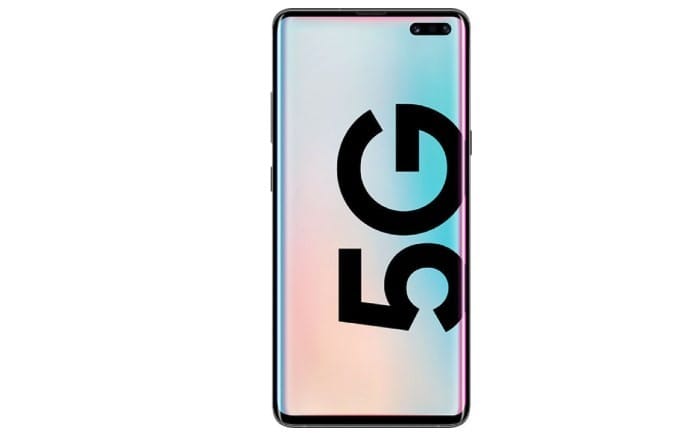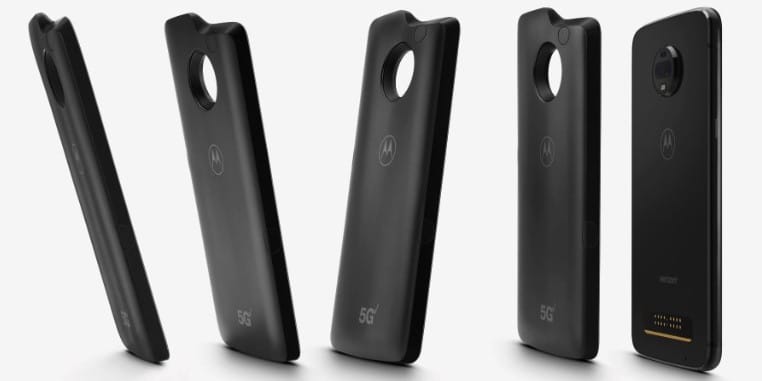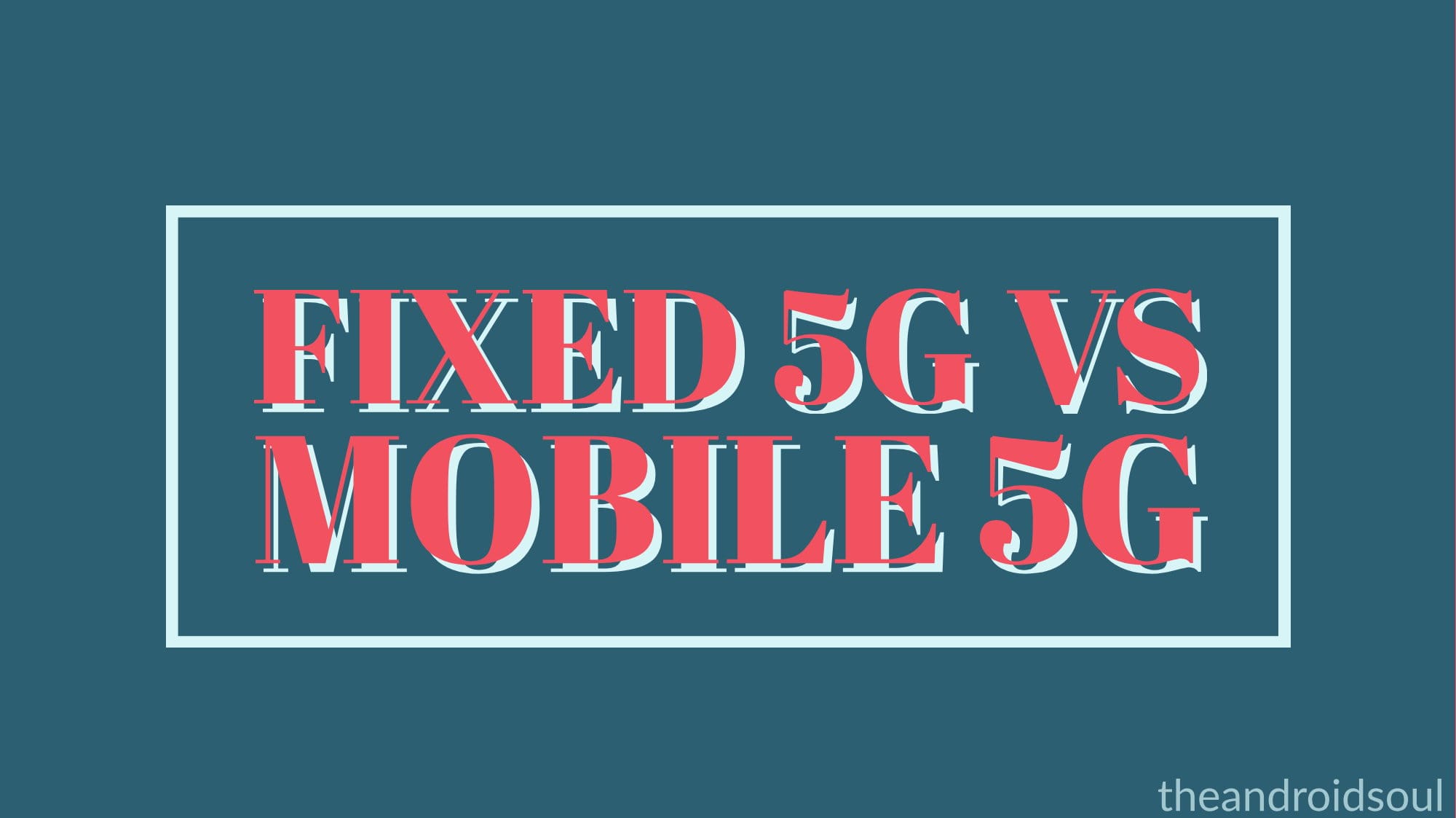As the use of 4G services is significantly garnering pace, its successor has slowly started to come into the picture. With better speed and lesser connectivity and latency issues, 5G will soon be everyone’s need, just as soon as the right infrastructure gets into place.
So before it gets fully operational and comes into use, get yourself well acquainted with the following key information related to 5G services:
Types of 5G services

There are two kinds of 5G services available: one provided by Mobile handsets (Mobile 5G) while the other is a Fixed Wireless Access (FWA 5G).
Mobile 5G
- Has high mobility
- Easy to set up — just a 5G enabled handset required
- Not limited to a specific area
FWA 5G
- Could provide 5G services to many devices at once
- Quality high speed
- Consistent and reliable service
Let us have a closer look at both of them.
Mobile 5G

Just as you are currently using your 3G or 4G services on your handset, similarly you would be able to access these 5G services. Simply find a 5G device, a carrier providing 5G services and you are good to go.
One important thing to note, though, is that different Internet Service Providers (ISPs) have different plans with varying speeds, so go for the one which best suits your needs.
With that said, let’s have a look at some of the pros and cons of using Mobile 5G.
PROS:
- Mobility: The obvious one. With a 5G-ready handset, you could use mobile 5G anywhere on the go (provided the 5G services are available there). It is not limited to a specific boundary or area.
- Ease of Use: No extra hardware like a modem or router is required to use the services. No installation costs or resources are needed. Just a 5G-enabled device and a service provider is all you need.
But it does come with its fair share of issues as well. Let us have a look at some of them.
CONS:
- Connectivity Issues: This is a major concern. Chances are there would be some areas where you would be getting hardly any connectivity. And it’s not only about traveling from one place to another that you may experience blips in the signal. In some cases, there would be huge variations in the signal strength, especially when you are indoors.
- Cost Concerns: Having a 5G service would definitely increase the network. But some people fail to look at the bigger picture. The point is, the faster the speed the faster the rate of data consumption. And if you don’t keep an eye on your usage rate, you may end up on a big money spending spree!
Fixed Wireless Access (FWA 5G)
Just like Mobile 5G, FWA 5G provides 5G services. But the similarities end there. Although not as easy to use as the former, but with the help of a few hardware, you get consistently high speed and greater connectivity than what Mobile 5G offers.
Let us have a look at some of the pros and cons of FWA 5G.
PROS:
- Accessible by many devices at once: Many of your devices at home, including smartphones, smart TVs, gaming devices, laptops and all could be connected with one device simultaneously (as compared with Mobile 5G which only allows one device).
- No compromise on the speed: As mentioned above, you may connect various devices at the same time. But that is not the only advantage here. While many users are using the 5G services at the same time, there wouldn’t be any noticeable or considerable drop in the speed (as opposed to Mobile 5G services in which you will indeed notice a decrease in speed once more and more users get connected to the service).
- Less chance of being overpriced: Most of the providers have an unlimited plan, hence you could use your 5G services without the fear of getting overcharged.
CONS:
Again, as with the Mobile 5G, the FWA 5G also has some cons.
- Lack of mobility and limited coverage: You could only use the services when you are in the proximity of FWA. Once you are outside its boundary, then you will not be able to use its services.
- Harder to setup: Some hardware equipment is required before you could use it. Noticeable among them is an antenna near your house, a router (most probably a new one because the older may not support 5G) or a 5G modem.
- Costly: In lieu of the above point, it is obvious that in order to acquire these hardware resources, one must be ready to shell out more money.
But if you are still not quite sure which should be your go-to choice, you may try your hands on a 5G Mobile Hotspot Device. It has the functionalities of both, the Mobile 5G as well as an FWA.
It is able to connect to a wireless network just as a Mobile 5G and could also act as a Hotspot Device – thereby providing Wi-Fi services to other nearby devices – in line with what FWA does.
Also, as with Mobile 5G, it is quite easy to set up with no extra hardware required. Its Wi-Fi services also could be used by many devices simultaneously. But at the same time, it may give fluctuating 5G services, depending on the signal strength.
So how can you use Mobile 5G or FWA 5G?

For the time being, there aren’t many mobile networks that provide 5G services. One of the reasons for this could be the limited availability of 5G handsets in the market and/or the lack of infrastructure for the same.
As far as 5G services go, Verizon Wireless and Sprint have already flipped on their 5G switches and have the Galaxy S10 5G, LG V50 ThinQ, and the HTC 5G Hub as their 5G-ready devices, with AT&T and T-Mobile also in the line. In the UK, EE has also started offering 5G services via the OnePlus 7 Pro 5G and Vodafone UK will also follow soon.
If we talk about the FWA 5G services, Verizon is the sole provider. Named Verizon 5G Home, it is currently available in few states in the USA only.
As soon as these get launched, do a quick research before buying either of the two. Examine some of the important factors like which has better connectivity in your area, which provides plans that suit your needs, etc. and only then make your purchase accordingly.
Related:













Discussion